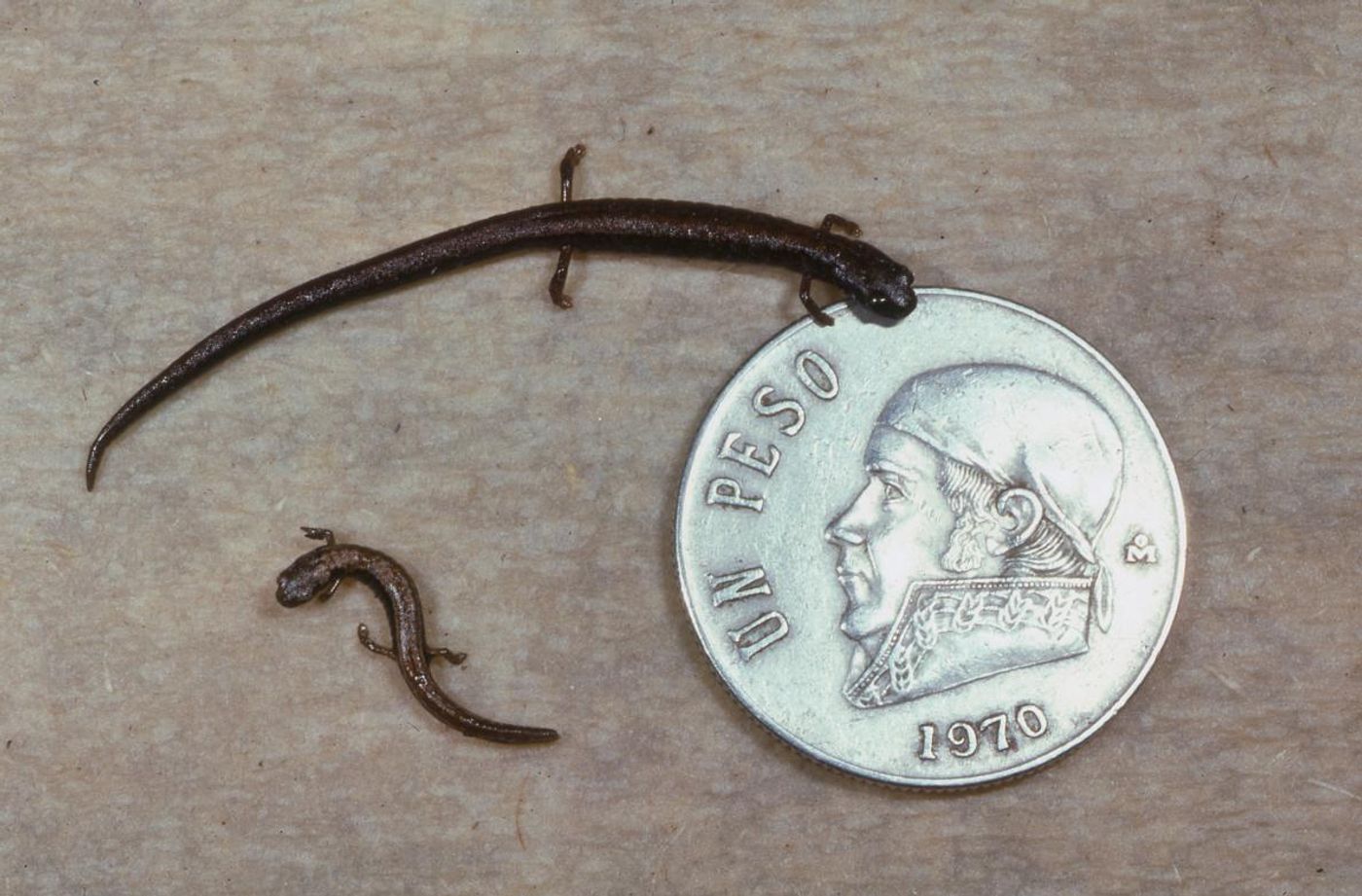Trio of Newly Discovered Salamanders Are Already Endangered
Any time scientists discover a new species of animal on the home planet we thought we knew so well, animal lovers’ facial expressions turn to that of interest. On the other hand, not this time.
Three new salamander species have been discovered in Oaxaca, Mexico, all of which are no larger than that of a coin. On the other hand, there’s a bit of bad news stranded to them in that scientists already believe them to be an endangered species.

Image Credit: James Hanken
All three of the new species, named Thorius longicaudus, Thorius pinicola, and Thorius tlaxiacus, are already in very limited numbers. The past three decades have reportedly been brutal on them, as a report in the journal PeerJ explains.
They’re all small, ranging from 25-28 millimeters long on average; on the other hand, it’s not like we’ve never seen them before. It turns out we’ve just never known that they were different species when compared with the rest of the miniature salamanders we’ve been seeing.
Researchers learned that a specific genus of salamander known today as Thorius could be broken down into further diverse groups because of specific differences in their appearance and DNA among various other qualities.
For example, the Thorius tlaxiacus has ovular nostril openings that its ancestors and existing relatives do not. This is an appearance-based difference, but many others have been discovered.
“This particular group of salamanders is difficult to work with because of the challenges involved with finding them as well as their size and external similarities,” says Roy McDiarmid, an amphibian expert at the National Museum of Natural History who was not involved in the new research.
“Understanding what is going on when you have critters this small is difficult, but these researchers did a very nice job distinguishing new species.”
Among the samples researchers used to conduct this genetic research were museum specimens that were several decades old. Unfortunately, because they’re so difficult to find in the wild today, no modern specimens were used.
Special X-ray machines allowed the researchers to get important information about their bone structures, which in itself was a challenge due to the minute size of the bones in these little creatures.
There’s no solid answer as to why the species are all already endangered or why they’re getting increasingly difficult to find, but it’s believed their extinction could be imminent in as little as five decades because we don’t know enough about them to save them.
Source: National Geographic








